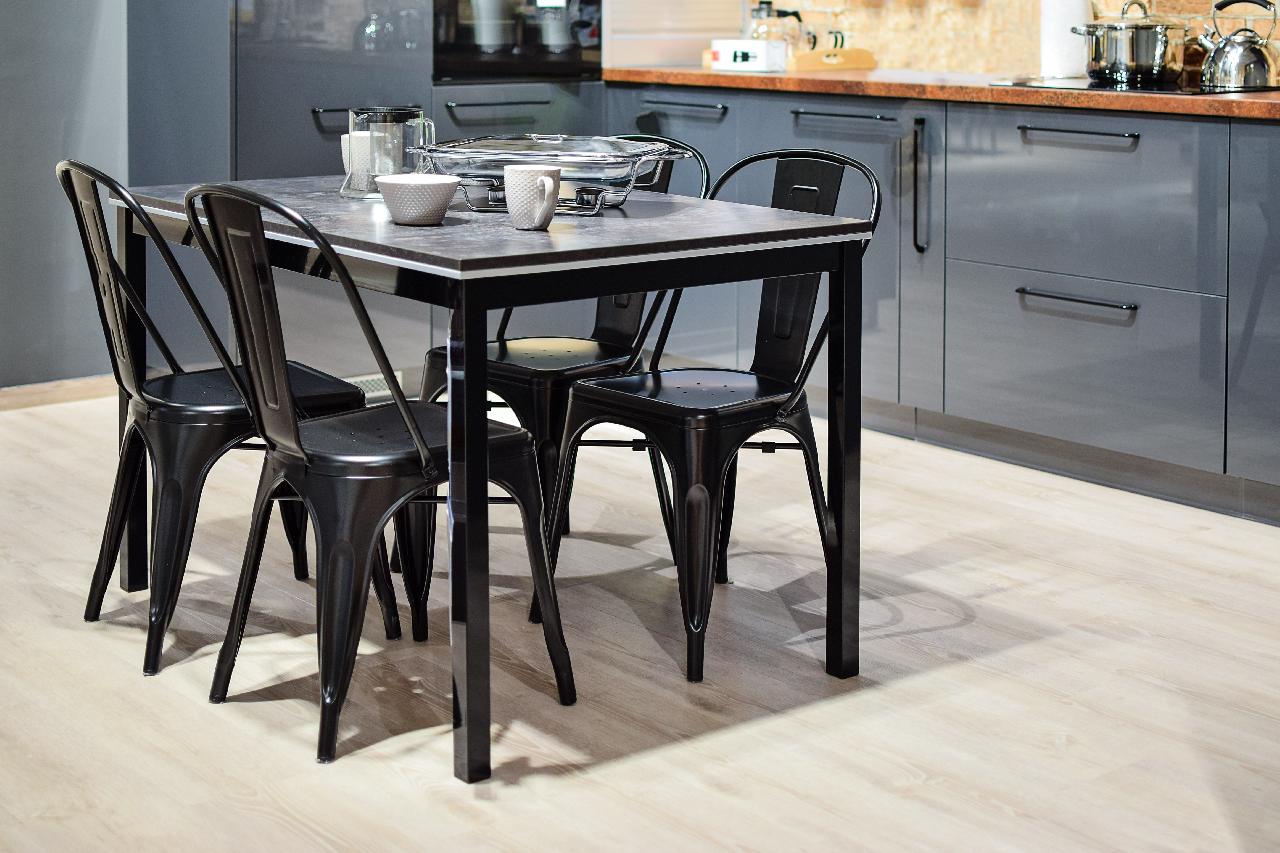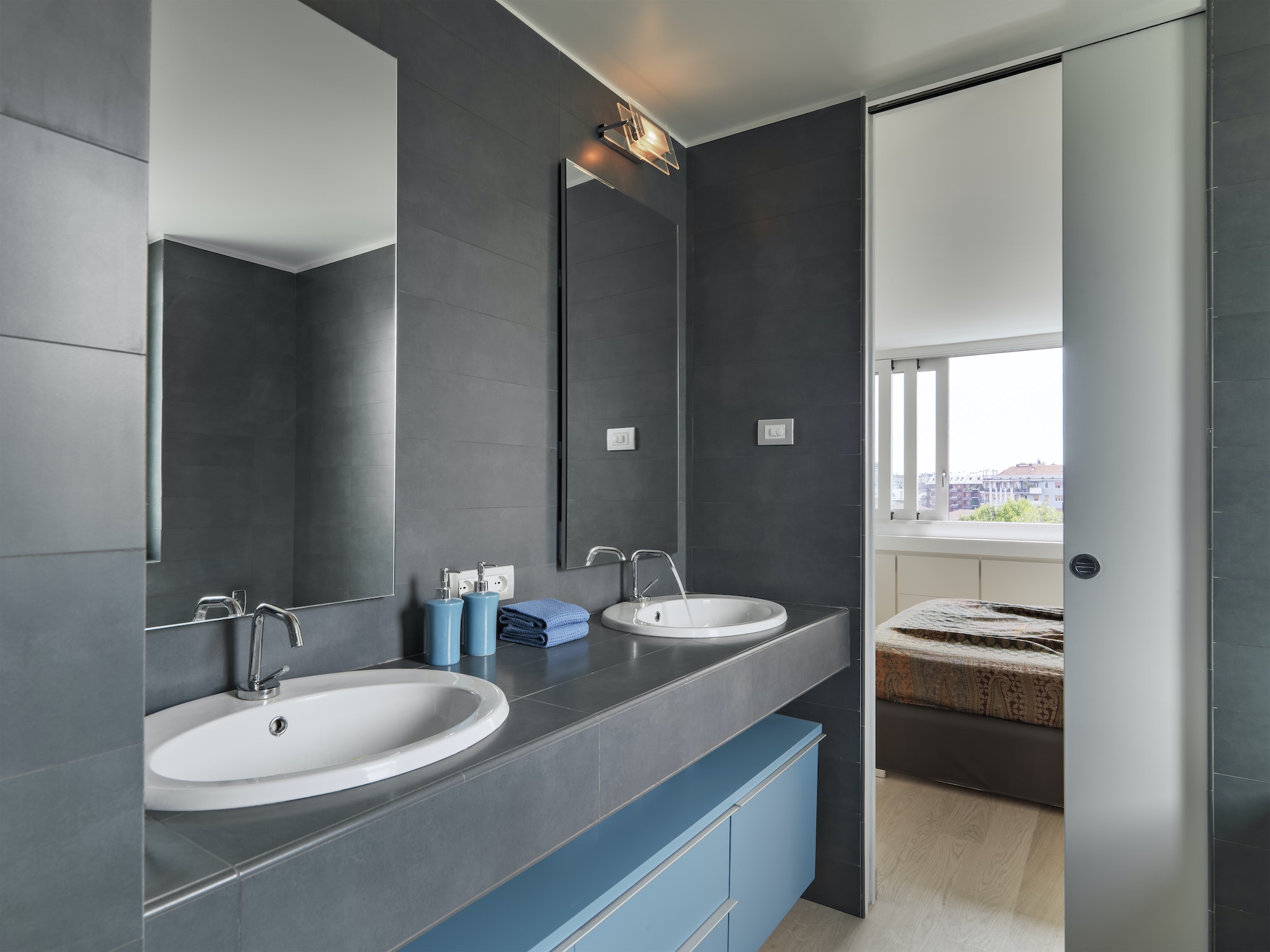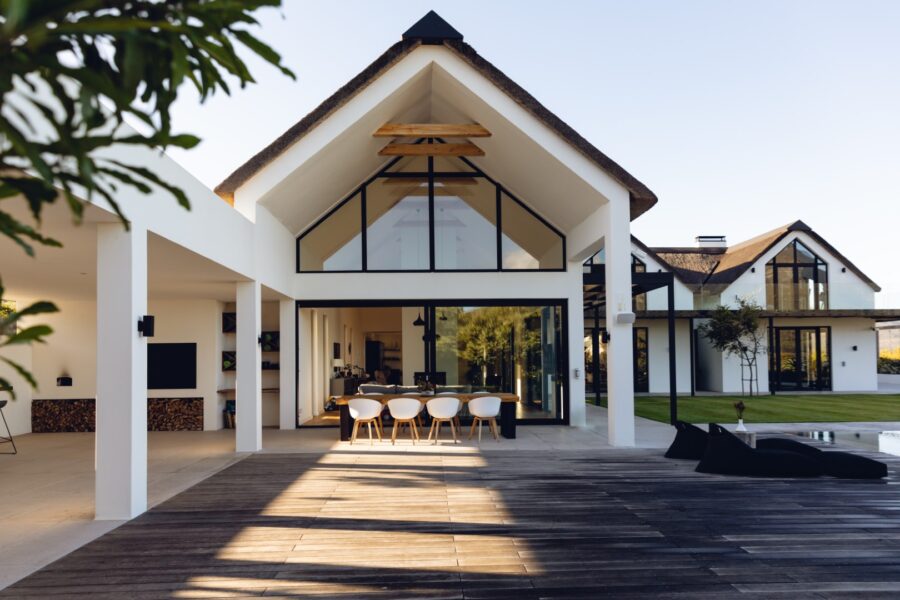Embarking on a bathroom renovation journey is a thrilling endeavor, but it comes with its set of challenges, particularly in the realm of plumbing. Guaranteeing that your bathroom’s plumbing is installed or renovated professionally is critical for functionality, safety, and long-term efficacy. In this comprehensive guide, we’ll explore the essential aspects of professional plumbing for bathroom renovation, covering everything from initial planning and material selection to execution and ongoing maintenance.
Planning Your Plumbing Layout
Before commencing any renovation work, meticulous planning is paramount. Begin by outlining your plumbing layout, taking into account the positioning of fixtures like sinks, toilets, showers, and tubs. Evaluate your existing plumbing system to ascertain if any upgrades or replacements are necessary. Seeking advice from a professional plumber at this stage can aid in making informed decisions and averting potential costly errors.
Selecting the Right Fixtures and Materials
Choosing top-quality fixtures and materials is imperative for a successful bathroom renovation. Opt for products that not only align with your design vision but also offer durability and reliability. When it comes to plumbing materials, prioritize corrosion-resistant options such as copper or PEX pipes to ensure longevity and minimize the risk of leaks or damage. Engaging the services of Your Certified Expert, a licensed and experienced plumbing agency, is highly recommended to ensure that the work is executed safely and accurately.
Top of Form
Ensuring Adequate Ventilation
Proper ventilation is often overlooked yet plays a pivotal role in maintaining a healthy and functional bathroom environment. Install exhaust fans to mitigate excess moisture, thus preventing mold and mildew growth. Additionally, ensure that your plumbing system is adequately vented to forestall the infiltration of sewer gases into your home and to uphold optimal drainage.
Addressing Drainage and Water Flow
Efficient drainage and water flow are fundamental components of professional plumbing. Properly sloped pipes and strategic placement of drains are essential to prevent backups and ensure seamless water flow. Pay meticulous attention to details such as drain size and capacity to accommodate the intended usage of each fixture.
Adhering to Building Codes and Regulations
Adherence to building codes and regulations is non-negotiable in plumbing renovations. Non-compliance can lead to hefty fines, project delays, or the necessity to redo work. Collaborate closely with your plumber to ensure that all plumbing installations meet local codes and regulations, including obtaining the requisite permits and undergoing inspections.
Executing the Renovation Process
Once all planning and preparatory steps are complete, it’s time to execute the renovation process. This typically involves removing existing fixtures, installing new plumbing lines, and connecting fixtures. It’s strongly advised to enlist the expertise of a licensed and seasoned plumber to ensure the safe and precise execution of the work. Foster transparent communication with your plumber throughout the project to promptly address any concerns or adjustments as they arise.
Testing and Quality Assurance
Following plumbing installation, thorough testing is imperative to ensure that everything functions as intended. Test each fixture for leaks, proper drainage, and water pressure. Promptly address any identified issues to prevent potential complications down the line. Conducting a final inspection with your plumber can provide reassurance and ensure that your new plumbing system meets your expectations.
Maintenance and Long-Term Care
Consistent maintenance is essential to uphold the integrity of your plumbing system and extend its longevity. Regularly examine for leaks, corrosion, or any indications of damage. Swiftly attend to minor issues to prevent them from escalating into more severe problems. Moreover, contemplate arranging routine maintenance inspections with a qualified plumber to detect and resolve potential issues preemptively.
Conclusion
Professional plumbing forms the foundation of any successful bathroom renovation. By prioritizing meticulous planning, high-quality materials, adherence to regulations, and precise execution, you can ensure a functional and enduring plumbing system for your newly renovated bathroom. Maintain close collaboration with your plumber and invest in routine maintenance to keep your plumbing in optimal condition for years to come. With the right approach, your dream bathroom can be realized without encountering any plumbing complications along the way.
Discover more from Futurist Architecture
Subscribe to get the latest posts sent to your email.



